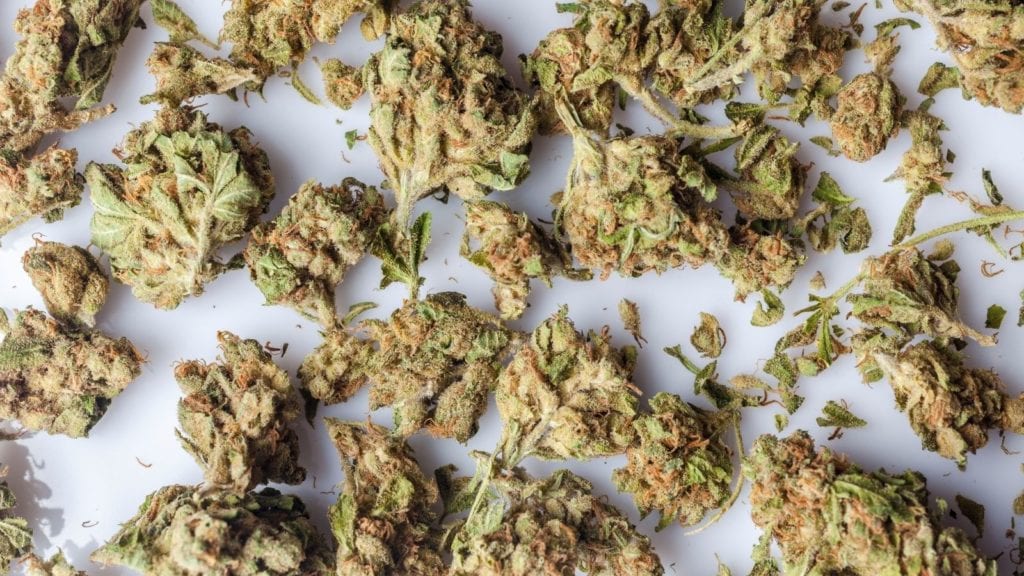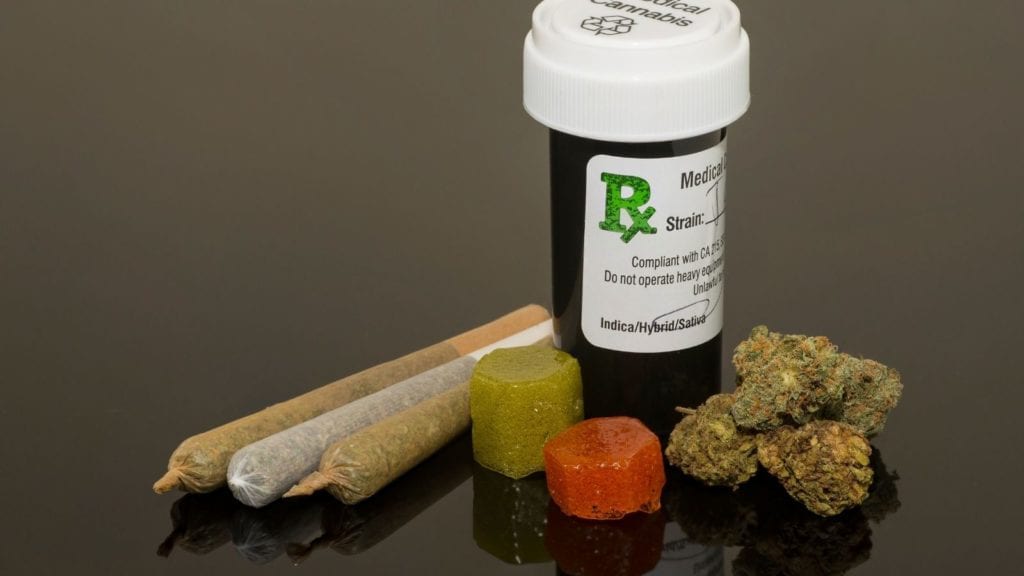Key takeaways.
-
How is cannabis harvested?
To harvest, cannabis is simply cut at the stem and hung to dry for a few days.
-
What is curing?
Curing is the process by which the drying process is slowed down a little and allowed to take place over months, and sometimes even years. This ensures the perfect moisture retention in the buds without them going mouldy.
-
What happens after harvest?
After harvest, cannabis buds are either sold in bulk or are used to manufacture oils, isolates, tinctures, edibles, vape-juices, and a whole plethora of cannabis products.
My Supply Co. is presenting to you our Seed To Smoke Series — a series of articles about the entire life cycle of cannabis. We’re going on a journey from all the potential encapsulated in a cannabis seed to the final product that ends up in dispensaries, in your joint, and moving through your veins.
The Seed To Smoke series covers:
- Part 1: Seeds & Germination
- Part 2: Vegetation & Growth
- Part 3: Flowering & Night-time
- Part 4: Harvest & Beyond
The life cycle of cannabis is wonderfully complex and intricate. It’s one of just a handful of dioecious plants in the world (dioecious; adjective; (of a plant or invertebrate animal) having the male and female reproductive organs in separate individuals). And to think that the entire life cycle of a cannabis plant happens in 4 - 6 months!
This is our final article in the Seed to Smoke Series, and we’re talking about harvesting the cannabis plant and the many processing techniques that take place after harvest. It’s the final step between cannabis cultivation and the product that reaches the end user.
The “beyond harvest” stage of cannabis product manufacture is what has created the potential for the many different cannabis products available to us. Just a couple of decades ago, the concept of single cannabinoid medicines or isolates was unfathomable. Now, we have the technology to create a plethora of different cannabis products.
How and when cannabis is harvested.

There are a number of different indicators as to when cannabis is ready to be harvested. As the primary use for cannabis after harvest is the collection of cannabinoids, the ideal time to harvest is when cannabinoids reach their maximum concentration.
There’s only a small window of time when this is ideal, and it varies from strain to strain. Trichomes are the final thing to develop on a cannabis plant, and they are also where the majority of cannabinoids are stored. Growers wait for the colour of trichomes to indicate that they have reached their maximum THC capacity.
If a grower waits too long to harvest, or harvests outside of this small time frame, cannabinoid content is compromised. Too early in the piece and the cannabinoids haven’t finished properly forming. Too late in the piece and the cannabinoids have begun to degrade and the cannabis plant is preparing to die into the winter.
Some growers cut the cannabis plant in branches to prepare for drying. Others pull the entire thing out with roots and all. The harvest method will also largely depend on what cannabis is being used for. For example, for hemp textile manufacturers, the stems (which contain the fibrous part of the plant) are the most valuable and shouldn’t be destroyed during harvest.
The drying and curing process.

If you’ve ever purchased cannabis flowers from a dispensary, you’ll notice they aren’t “fresh”. It’s because they’ve been dried and cured. The drying and curing process is so fundamental to the quality of cannabis that an entire harvest can be destroyed in this process.
If you’ve ever held cannabis that feels damp and looks mouldy, or cannabis that has become so dry it simply crumbles between your fingers, it’s a sign that something went awry in the drying and curing process.
Drying, as the name suggests, is simply about hanging the plants in an environment of balanced humidity to shed some of their moisture. Curing is a process of slowly letting moisture out while retaining a little bit to maintain the perfect balance of moisture in a dried bud. This is typically done in glass jars, where the cannabis flowers are allowed to “sweat” a little bit. The jar can then be opened to allow some of that moisture out, and then closed again to “sweat” again.
The curing process can take months to years. Some enthusiast growers will allow their cannabis to cure for over a year to achieve the perfect, smokeable bud. This obviously isn’t practical for commercial purposes, and so the curing process is carried out in a few months.
The world of cannabis processing.
Unless you’re buying dried flowers from a dispensary, every other cannabis product has undergone some kind of processing. Whether it’s tincture, vape juice, edibles, or topicals, some form of cannabis extraction is required.
There are many different ways to extract cannabinoids these days, and the technology continues to get more and more impressive. Just a few years ago, the primary extraction technique for cannabis was using a highly volatile, flammable gas called butane. It’s a dangerous process and there’s controversy over whether any of the solvent remains in the extract.
Since then, there are now many different distillation processes and solvent extraction processes used in the cannabis industry that are far superior to butane extraction. CO2 extraction is one such solvent extraction, where carbon dioxide is the solvent. It’s neither flammable nor toxic, and is, therefore, an appropriate solvent to use for cannabis. CO2 extraction creates a full-spectrum extract.
To further process cannabis into single cannabinoids, a process called fractional distillation takes place. This is how we can separate the compounds within a single specimen of cannabis. The product can be THC distillate, CBD distillate, THC isolate, CBD isolate, and even isolated terpenes. Fractional distillation uses the different boiling points of each compound to accurately separate the different “fractions” of a sample.
A plethora of different cannabis products.

Once a cannabis extract exists, it can be formulated into almost any kind of product. It can be used as an ingredient in making edibles, it can be mixed into oil to create a tincture, or it can be used to make vape juice. Extracts can also be used as an ingredient for topical formulations.
The extract itself is much more versatile in the world of product manufacture than dry flowers. For example, you can’t make vape juice at home with your favourite cannabis buds. But you can make vape juice at home with THC isolate or CBD isolate.
In this way, cannabis processing has opened up an entire universe of different cannabis products for people to use. This has made cannabis more accessible to a bigger variety of people. Those who don’t like the taste of cannabis or its psychoactive effects — or even those who simply hate smoking, can still enjoy the therapeutic benefits cannabis has to offer.
That is a win for the cannabis industry.
We hope you enjoyed coming on a journey with us through the entire life cycle of the cannabis plant, from seed to your endocannabinoid system. A lot of work goes into the cannabis industry and into the products that you finally get to enjoy. Have you ever grown cannabis before? What did you do or make with your cannabis products? We’d love to hear from you in the comments!
What are the best types of soil and fertilizers to use?
Hey Andy.
Cannabis loves loamy soil most. Loamy soil is equal parts silt, sand, and clay, and it's that nice dark brown/black fluffy soil that you often buy at the garden store. When it comes to fertilizers there are options. Obviously we don't advocate for chemical fertilizers. You can buy organic cannabis growing fertilizers online, or you can simply make your own compost and use that to fertilize your soil. If you're really prepared, you can make your own soil with compost but this can take anywhere between 6 months and a year. Hope this was useful!